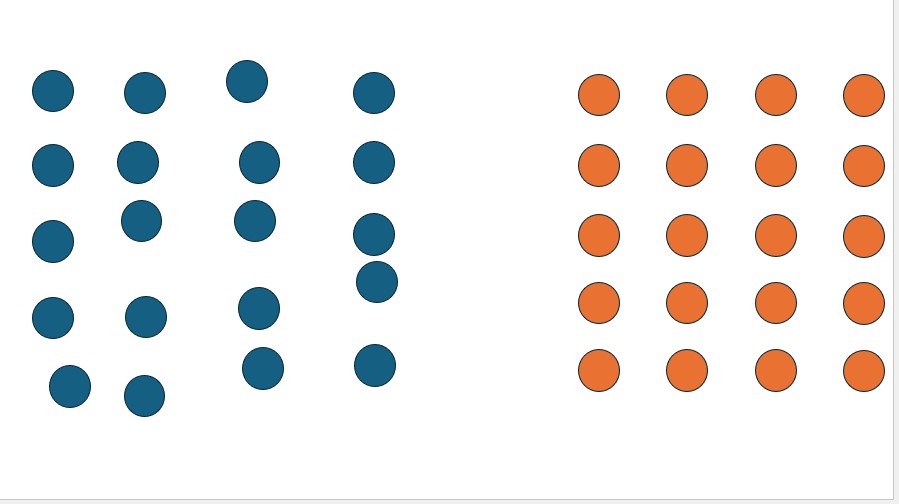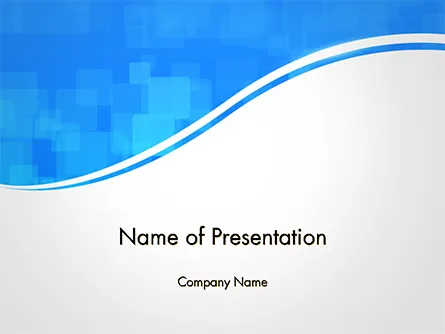A presentation is made of three component parts; the story (p1), the supportive media (p2) and the delivery of these (p3). The value of a presentation is the product of these three factors, the p cubed value.
The three components are discussed in more depth in their individual sections. This section deals with the p cubed value, the product of preparation, design, and delivery.
Some key posts include:
Your presentation is the product of its parts (The FIRST blog post)
The maths of a better presentation





